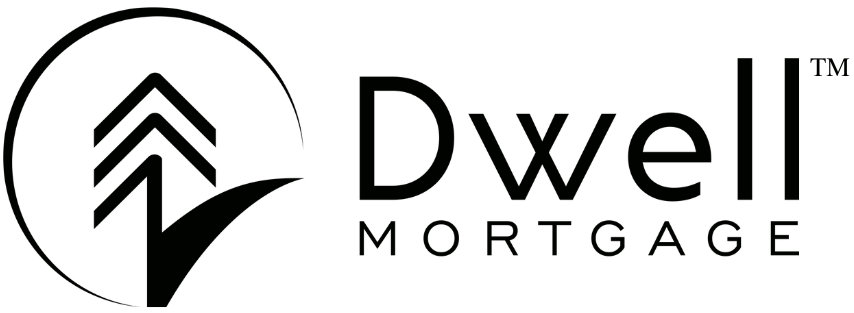Building a Homebuying Plan
Creating a comprehensive homebuying plan is crucial for first-time buyers. It helps you stay organized, set realistic goals, and navigate the complex process of purchasing a home. This article will guide you through creating a timeline, using a checklist, and staying organized throughout your homebuying journey.
Creating a Timeline
A well-structured timeline can help you stay on track and manage expectations. While the homebuying process can vary, here’s a general timeline to consider:
- Planning and Preparation (2-6 months):
- Assess your finances and credit score
- Save for down payment and closing costs
- Research loan programs and interest rates
- Get Pre-Approved (1-2 weeks):
- Gather necessary documents
- Shop for lenders and compare rates
- Obtain a pre-approval letter
- Find a Real Estate Agent (1-2 weeks):
- Research and interview potential agents
- Choose an agent who understands your needs
- House Hunting (2 weeks – 4 months):
- Define your must-haves and deal-breakers
- Attend open houses and schedule viewings
- Research neighborhoods and school districts
- Make an Offer and Negotiate (1 week):
- Work with your agent to craft a competitive offer
- Be prepared for potential counteroffers
- Home Inspection and Appraisal (2-3 weeks):
- Schedule and attend the home inspection
- Review the inspection report and negotiate repairs if necessary
- Lender orders appraisal
- Finalize Loan and Prepare for Closing (4-6 weeks):
- Complete any remaining loan requirements
- Review Closing Disclosure
- Conduct final walkthrough
- Closing Day (1 day):
- Sign all necessary documents
- Pay closing costs and down payment
- Receive keys to your new home
Remember, this timeline is flexible and can be adjusted based on your specific circumstances and local market conditions.
Comprehensive Homebuying Checklist
Use this checklist to ensure you don’t miss any crucial steps in the homebuying process:
- Financial Preparation:
- Check your credit score and address any issues
- Determine your budget and how much you can afford
- Save for down payment and closing costs
- Gather financial documents (pay stubs, tax returns, bank statements)
- Mortgage Pre-Approval:
- Research different types of mortgages
- Shop around for lenders and compare rates
- Get pre-approved for a mortgage
- House Hunting:
- Hire a real estate agent
- Create a list of must-haves and nice-to-haves
- Research neighborhoods and school districts
- Attend open houses and schedule viewings
- Making an Offer:
- Determine your offer price with your agent’s guidance
- Prepare for potential negotiations
- Include necessary contingencies (inspection, financing, appraisal)
- Under Contract:
- Schedule a home inspection
- Review inspection report and negotiate repairs if needed
- Lender orders appraisal
- Secure homeowners insurance
- Closing Preparation:
- Review Closing Disclosure
- Conduct final walkthrough
- Arrange for wire transfer or cashier’s check for closing costs
- Prepare necessary identification for closing
- Post-Closing:
- Change locks
- Set up utilities
- File for homestead exemption (if applicable)
- Create a home maintenance schedule
Tips for Staying Organized
- Use a Digital or Physical Folder System:
Create separate folders for different aspects of the homebuying process (e.g., mortgage documents, house listings, inspection reports). This makes it easy to find information when you need it. - Utilize Project Management Tools:
Apps like Trello, Asana, or even a simple spreadsheet can help you track tasks, deadlines, and progress. - Set Calendar Reminders:
Use your phone or computer calendar to set reminders for important dates and deadlines throughout the process. - Keep a Running List of Questions:
As questions arise, jot them down to discuss with your real estate agent or lender during your next conversation. - Maintain a Contact List:
Keep a list of all professionals involved in your homebuying process (agent, lender, inspector, attorney) with their contact information easily accessible. - Create a Budget Tracker:
Use a spreadsheet to track all expenses related to your home purchase, including earnest money, inspection fees, and closing costs. - Use a Secure Password Manager:
With the number of online accounts you’ll create during this process, a password manager can help you keep track of login information securely.
Conclusion
Building a comprehensive homebuying plan is essential for navigating the complex process of purchasing your first home. By creating a realistic timeline, using a detailed checklist, and staying organized, you’ll be better prepared to handle the challenges and excitement of becoming a homeowner. Remember, flexibility is key. While it’s important to have a plan, be prepared to adjust as needed based on market conditions, your personal circumstances, and any unexpected events that may arise during the process. With proper planning and organization, you’ll be well-equipped to make informed decisions and achieve your goal of homeownership.






